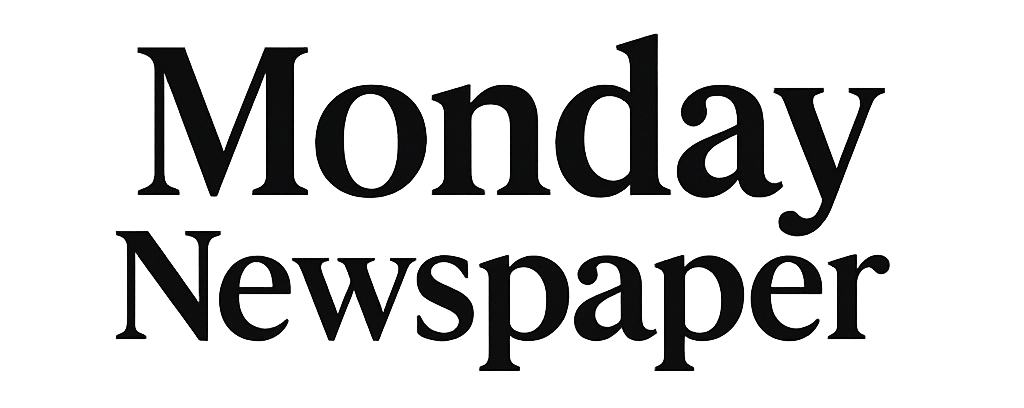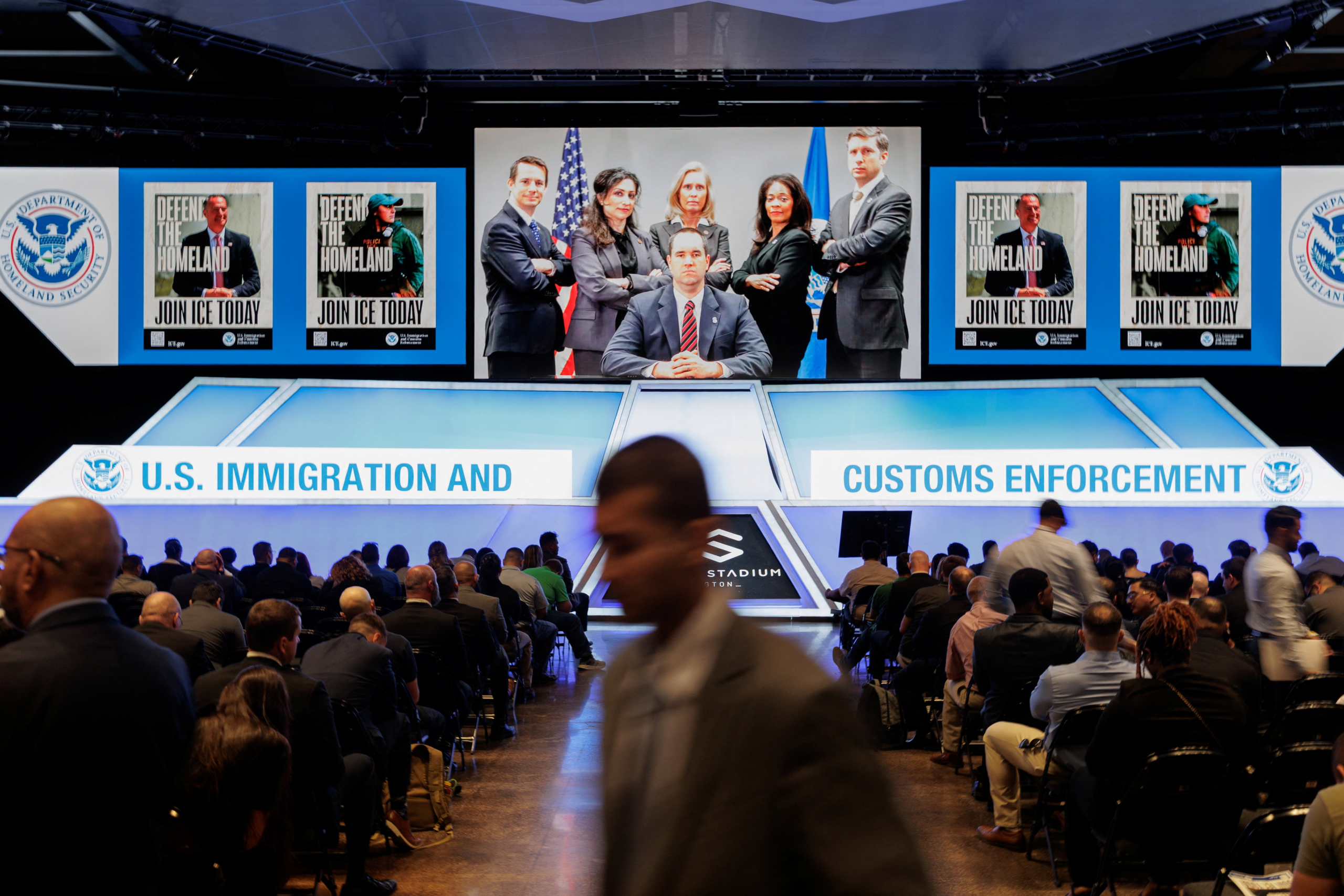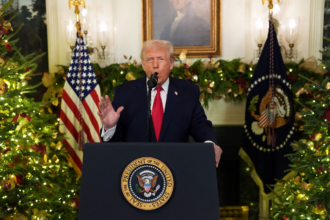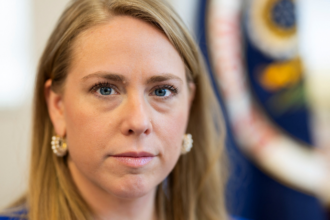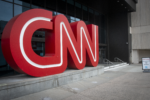The US job market drastically weakened in August, confirming signs of a slowdown – and making an interest rate cut this month look like a done deal.
Employers added a paltry 22,000 jobs last month — down from 73,000 jobs the month before and far below expectations of 75,000, the Bureau of Labor Statistics said Friday.
Friday’s data puts the year-to-date total at just 619,000 – down from more than 1.1 million this time last year.
The unemployment rate ticked up to 4.3% from 4.2% the month before, as expected.
While revisions were not as substantial as those made last month, the government revised June figures down into the negative for a loss of 13,000 jobs – the first such decline since December 2020.
It’s the first report since Trump abruptly fired Erika McEntarfer, the bureau’s chief, accusing her of releasing false data after a bout of severe downward revisions to earlier figures.
His pick to replace her – E.J. Antoni, chief economist at the conservative Heritage Foundation and a past critic of the jobs data – awaits Senate confirmation.
In a Truth Social post on Friday, Trump blamed Federal Reserve Chairman Jerome Powell for not yet lowering interest rates: “As usual, he’s ‘Too Late!’”
White House economic advisor Kevin Hassett told CNBC’s “Squawk Box” that while Friday’s job report was “a little bit disappointing,” he expects “it’s going to revise up.”
He told Fox News that the Bureau of Labor Statistics has been “struggling with bad response rates” to surveys about jobs.
“The jobs numbers this morning were just further confirmation to us of the shift occurring in the US labor market as AI and related government policy changes seep into the economy,” Arthur Laffer, Jr., president at Laffer Tengler Investments, said in a note Friday.
Private-sector employment added 38,000 jobs, driven by gains in healthcare and social assistance.
But federal government employment declined by 15,000 jobs, as workers who accepted DOGE buyouts continued to exit.
Widespread AI adoption by major companies also weighed on employment, especially for new graduates.
Manufacturing lost 12,000 jobs in August – and is down by a whopping 78,000 over the year.
Tariffs could be to blame, as the US manufacturing industry shifts to automation and robotics to cut costs as they face higher import taxes, according to Laffer.
“Weaker jobs data will increase the odds of a Fed rate cut, but could create shorter-term volatility, as a weaker labor market is not a sign of strength,” Larry Tentarelli, chief technical strategist for Blue Chip Daily Trend Report, said in a note.
The Dow Jones Industrial Average fell 220 points, or 0.5%, to close at 45,400.86, while the S&P 500 dipped 0.3%, and the Nasdaq edged down seven points.
Friday’s job data falls in line with concerns from Federal Reserve Chairman Jerome Powell that the labor market is now more of a concern than inflation.
During his Jackson Hole speech last month, Powell hinted at a possible interest rate cut in September to promote economic growth.
While most are still banking on a quarter-point cut, hopes of a half-point cut jumped following the jobs data, according to CME FedWatch, which tracks 30-Day Fed Funds futures prices.
August’s figures – combined with other weak labor market data released this week – are a sign that many employers are slowing or pausing hiring altogether as they face economic uncertainty.
“The labor market is coming to a standstill as businesses slow the pace of hiring and await clarity on tariffs and Fed policy,” Jeffrey Roach, chief economist for LPL Financial, said in a note Friday.
The Bureau of Labor Statistics on Tuesday reported that hiring and firing rates remained basically flat in August from the month before.
Job openings plunged in July to their lowest in 10 months. A measure tracked by jobs site Indeed, however, showed that job openings have been gradually rising since mid-July.
Private payroll provider ADP reported Thursday that just 54,000 jobs were added in August, weaker than estimates.
It’s also taking longer for unemployed people to find work – about two and a half months at the median, a slump that hasn’t been seen since 2017.
More workers are dropping out of the workforce entirely, which could be partially explained by Trump’s intense deportation efforts.
“The hiring momentum that kicked off the year has been tempered by uncertainty,” Ger Doyle, North America president at ManpowerGroup, said in a note Friday.
“What was once a ‘wait and see’ posture is now a strategic balancing act – grow where it matters, hold where you can and invest where the future demands it.”
